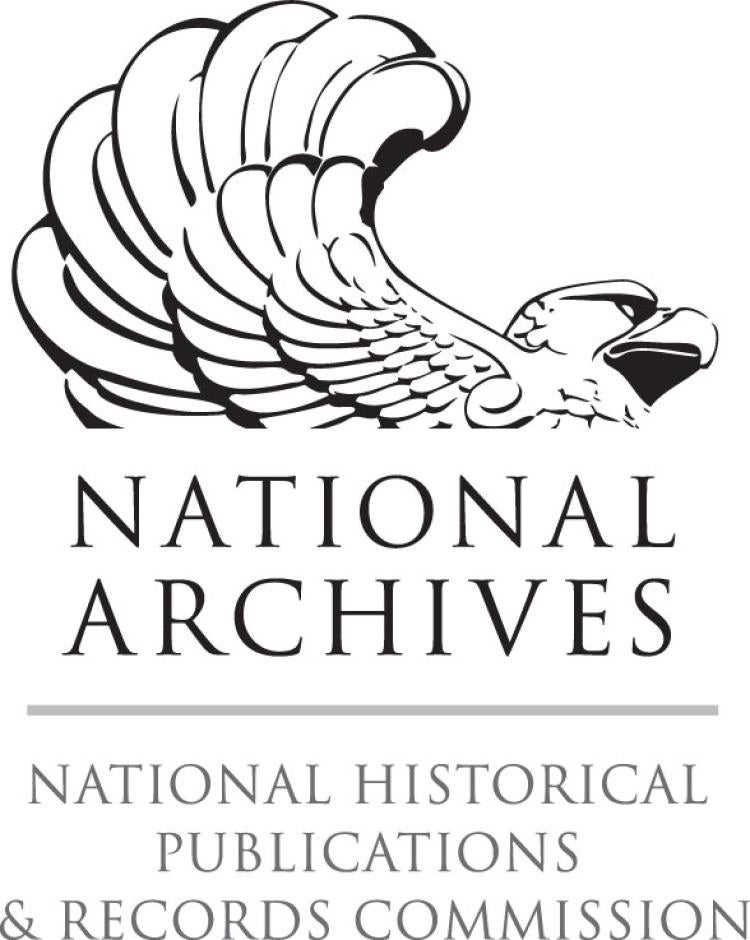AMRC to preserve and share historic trove of silent-era film scores
By Charles Wofford

In collaboration with CU Libraries and the Silent Film Sound and Music Archive, the 3,854 scores of the collection will be digitized in multiple high-resolution, full-color formats and made available online at no charge to the public. An additional 192,700 preservation images will help preserve the particularities of the scores, such as handwritten markings from musicians and conductors.
“[The Grauman Silent Film Scores Collection] is one of the most important collections anywhere,” says AMRC Director and Professor of Musicology Susan Thomas. “Because of the Grauman Theatre’s centrality in Los Angeles and U.S. film history, these scores can be considered foundational documents—not only for the cultural history of the United States, but also for the sonic construction of U.S. identity in the 20th century.”
The musical representations found in the Grauman collection inspired film composers of the following generation, such as Max Steiner and Alfred Newman; they, in turn, influenced famous film composers from Jerry Goldsmith and Henry Mancini to today’s superstars, including John Williams, Hans Zimmer and others.
The collection was donated to the AMRC in 2019 by Rodney Sauer. A pianist, accordionist and director of the Mont Alto Motion Picture Orchestra, Sauer drove the roughly 5,000 pounds of sheet music from Los Angeles to his Louisville, Colorado, home in 2013, narrowly averting catastrophe in the 2013 Boulder County floods. “I want to use this music, I don’t necessarily want to own it,” Sauer previously stated in the Coloradan Alumni Magazine.
The AMRC is partnering with Sauer to produce video tutorials to guide performance-oriented musicians on everything from genre selection to timing and period aesthetics. The AMRC is also working to produce music packets for K-12 musicians, especially high school orchestras, who will be able to create their own scores for specific films. “This project is not about moving the music from one dusty attic to another,” says AMRC Assistant Director and Archivist Jessie de la Cruz. “This archive will be a living part of the community.”


